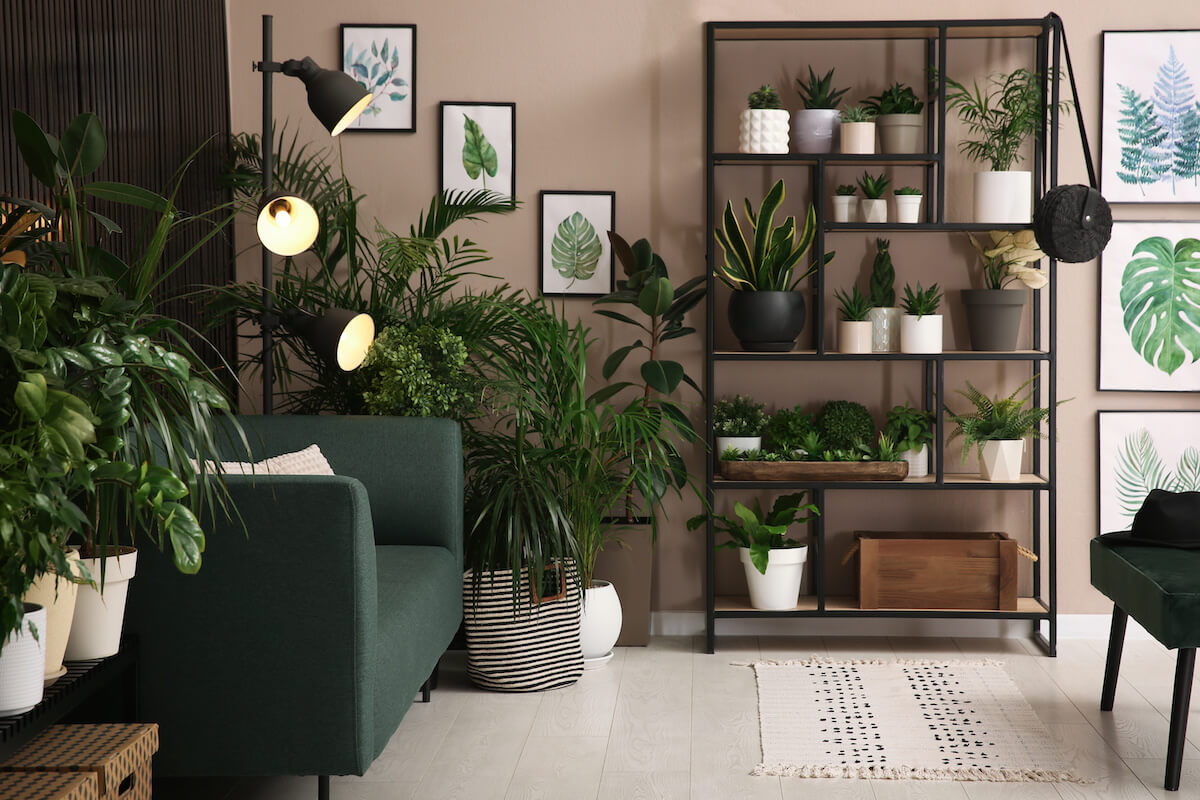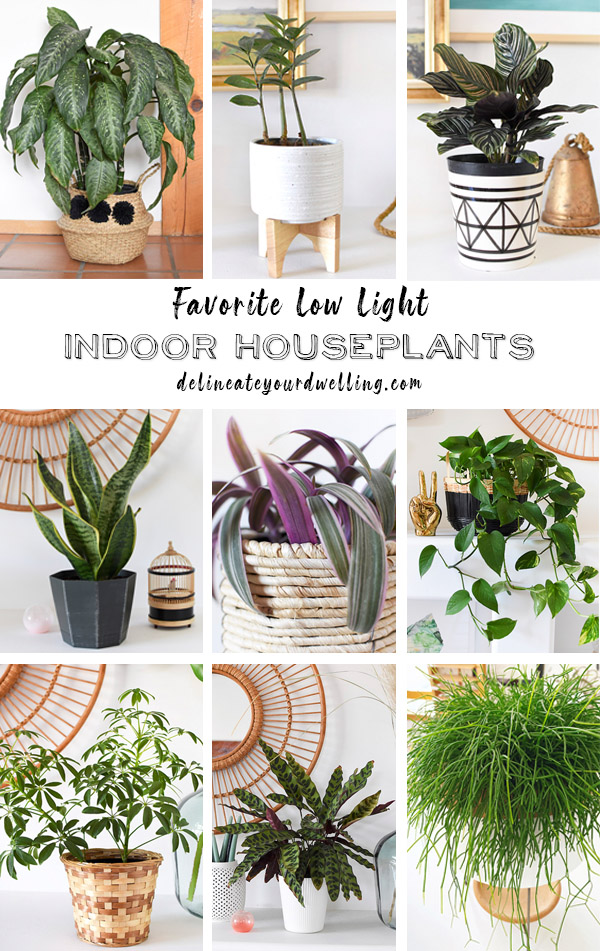Transform Your Living Space with the Best Low-Light Indoor Plants
Transform Your Living Space with the Best Low-Light Indoor Plants
Blog Article
Transform Your Home With Beautiful Low-Light Indoor Plants and Their Advantages
Including low-light indoor plants into your home can considerably improve both the aesthetic and environmental quality of your home. These plants, which flourish in dark problems, serve not just as decorative aspects but additionally as natural air cleansers, making them optimal for urban occupants or those with restricted sunshine exposure. As we discover the numerous sorts of low-light plants and their advantages, you might find unexpected means to incorporate them into your home that can transform your environments in means you may not have actually anticipated.
Advantages of Low-Light Plants
Low-light plants supply countless benefits for indoor settings, making them an exceptional choice for both newbie and skilled garden enthusiasts. Among the key benefits is their flexibility to low-light conditions, allowing individuals to enhance their living rooms without the demand for comprehensive sunshine direct exposure. This characteristic makes them ideal for apartments, offices, and other locations with minimal all-natural light.

Moreover, integrating low-light plants right into home décor can raise the visual allure of a room. Their lush foliage and varied structures produce a relaxing ambience, contributing to general well-being. Last but not least, the existence of plant has been connected to reduced anxiety degrees and enhanced performance, making low-light plants a functional choice for boosting both psychological and physical wellness in indoor setups.
Leading Low-Light Indoor Plants
While several indoor plants grow in brilliant light, several varieties are especially well-suited for low-light problems, making them suitable for various interior areas. One popular selection is the Serpent Plant (Sansevieria), understood for its striking upright fallen leaves and durability, calling for very little care. One more excellent alternative is the Pothos (Epipremnum aureum), which features heart-shaped fallen leaves and can track wonderfully from shelves or wall mounts, growing in reduced light and adding a lavish touch.
The ZZ Plant (Zamioculcas zamiifolia) is commemorated for its glossy leaves and capacity to stand up to neglect, making it excellent for active way of livings. Likewise, the Tranquility Lily (Spathiphyllum) not just endures low light however also creates spectacular white flowers, enhancing any space's visual.
For a distinct touch, think about the Cast Iron Plant (Aspidistra elatior), which indeed measures up to its name, growing in the darkest corners of your home. Last but not least, the Chinese Evergreen (Aglaonema) uses a selection of leaf patterns and colors while being exceptionally forgiving in low-light conditions. These plants not only beautify indoor environments however additionally contribute to air purification, improving your space.
Care Tips for Low-Light Plants

Sprinkling practices are critical; these plants frequently like a little dry conditions. Overwatering can result in root rot, so make sure that the leading inch of dirt is dry before watering once more. Usage pots with drainage holes to permit excess moisture to see this here get away.
Moisture is another essential aspect. Many low-light plants, such as ferns and peace lilies, gain from higher moisture degrees. To boost humidity, take into consideration misting the leaves or placing a tray of water near the plants.
Fertilizing ought to be come close to with caution. Throughout the expanding period, use a watered down, balanced fluid fertilizer every month to sustain development, yet prevent fertilizing during the inactive winter season.

Innovative Ways to Present Plants
Indoor plants can serve as exciting prime focus in any kind of area, improving both aesthetic allure and ambiance. Imaginative displays can raise the aesthetic effect of low-light plants, making them an essential component of your home decoration. One efficient approach is to use tiered plant stands, which permit you to showcase several plants at differing heights while making the most of floor room.
Hanging planters are another innovative choice, producing a sense of depth and attracting the eye upwards. Think about macramé hangers or wall-mounted racks to introduce an unique appearance and style.
For an extra organized method, use geometric terrariums or glass containers to house your plants, including a modern-day touch to your interior yard. You can likewise repurpose classic products, such as teacups or wooden cages, for a diverse screen that reflects your personality.
Enhancing Home Ambiance With Plants
Incorporating low-light plants right into your home not only improves visual appeal however additionally adds dramatically to the total setting. These plants work as all-natural design elements, introducing a sense of harmony that can change any space. The existence of greenery promotes a soothing environment, which is specifically useful in have a peek at these guys high-stress atmospheres such as home offices or living rooms.
Low-light plants, such as snake plants, pothos, and ZZ plants, are not just cosmetically pleasing but additionally improve indoor air quality by filtering system toxins. This double feature boosts the ambiance better, developing a healthier home (Best low-light indoor plants). The tactical positioning of these plants can likewise affect the understanding of space; for circumstances, high plants can attract the eye upward, making ceilings show up greater and areas more spacious
Additionally, differing structures and colors of foliage include depth to indoor layout, permitting innovative expression in home styling. Whether put on shelves, in edges, or as focal points, low-light plants can elevate the mood of any type of space. In summary, including these plants into your home is an efficient means to foster a cozy, inviting environment while profiting of improved air top quality and aesthetic flexibility.
Final Thought
Including low-light interior plants right into home environments offers various benefits, including boosted visual charm and improved air high quality. These resistant plants, such as the Snake Plant and Peace Lily, call for marginal light and maintenance, making them appropriate for diverse lifestyles.
While lots of interior plants thrive in brilliant light, numerous species are particularly appropriate for low-light problems, making them suitable his response for different interior spaces. One reliable approach is to make use of tiered plant stands, which enable you to showcase numerous plants at differing elevations while making the most of floor room.
Low-light plants, such as snake plants, pothos, and ZZ plants, are not just visually pleasing yet also improve interior air quality by filtering contaminants. Best low-light indoor plants. The calculated positioning of these plants can also influence the perception of space; for instance, tall plants can draw the eye upwards, making ceilings appear higher and rooms much more roomy
These resilient plants, such as the Serpent Plant and Tranquility Lily, need minimal light and upkeep, making them ideal for diverse way of lives.
Report this page